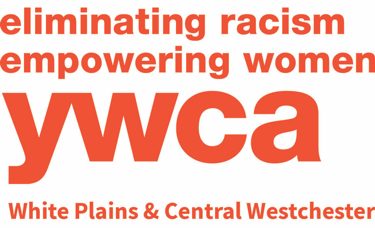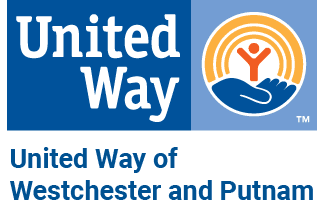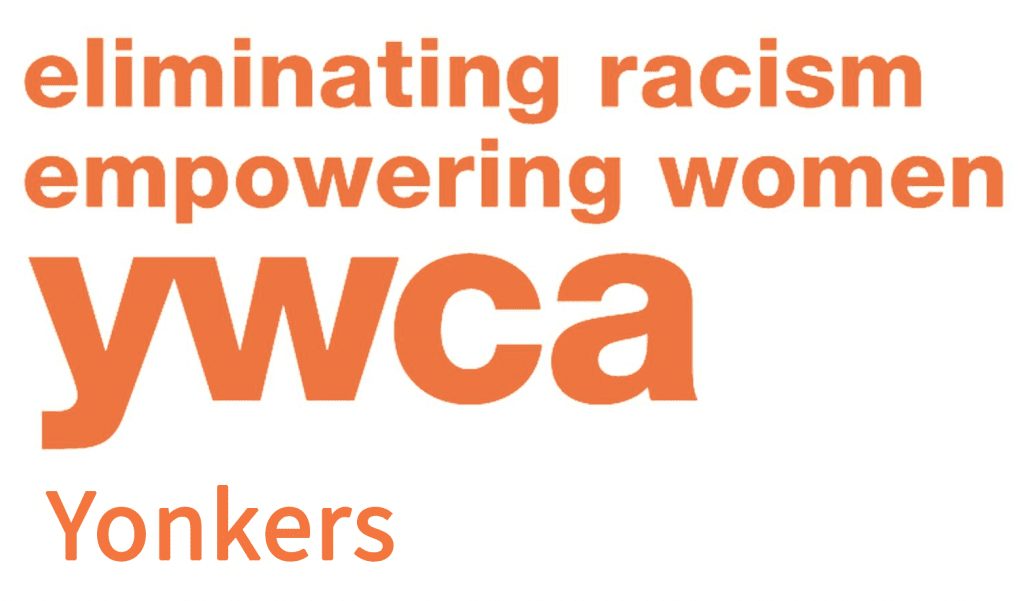Day 1: Food Sovereignty, Food Justice, and Its Connection to Racism

Welcome to the Food Justice Challenge. In these next five days, you will learn about the intersectionality of race in the food system, the inherent inequities that BIPOC community members face, and how food justice activists are dismantling these injustices.
If we look at food sovereignty and the food justice movement, its connection to racism is undeniably clear. Karen Washington, James Beard Foundation Leadership Award winner and food sovereignty leader explains that the food system of the United States, “is not broken; it’s working exactly the way it’s supposed to: as a caste system based on demographics, economics, and race.”
As defined during the Declaration of Nyéléni at the first global forum on food sovereignty in Mali, food sovereignty is “the right of peoples to healthy and culturally appropriate food produced through ecologically sound and sustainable methods, and their right to define their own food and agriculture systems” (2007). An alternative definition from the U.S. Department of Indian Affairs states that food sovereignty is, “the ability of communities to determine the quantity and quality of the food that they consume by controlling how their food is produced and distributed” (2022).
Food sovereignty goes hand in hand with the food justice movement, which according to the Food Print organization is, “a holistic and structural view of the food system that sees healthy food as a human right and addresses structural barriers to that right” (2021). Food justice is a movement that works “not only for access to healthy food, but for an end to the structural inequities that lead to unequal health outcomes” (Food Print, 2021).
Today you will learn about the history of racism in our food system and the important role that food sovereignty plays in creating an equitable society.
Today's Challenge
Watch
LaDonna Redmond, Food + Justice = Democracy, TED Talk — Watch this Ted Talk from LaDonna Redmond, as she discusses the historical influences on today’s food system.
Sean Sherman, “The (R)Evolution of Indigenous Foods” TED Talk, —- Watch this Ted Talk from Sean Sherman, as he explains the foundations of the Indigenous food systems and what the future holds for them. Please be advised that this video includes explicit language. For more information, watch Sherman’s extended lecture at the University of Michigan, “The (R)evolution of Indigenous Food Systems of North America”,
Malik Yakini, Food, Race, and Justice, TED Talk —– Watch this Ted Talk from Malik Yakini, as he explains white supremacy as a barrier to an equitable and just food system.
Read
Andi Murphy, Indigenous Food Security is Dependent on Food Sovereignty —- Read this article from Civil Eats to learn the importance of food sovereignty for native tribes and how it connects to food security.
Dig Deeper
- Infographic: Yes Magazine, 40 Acres and a Mule Would Be at Least $6.4 Trillion Today—What the U.S. Really Owes Black America —– Check out this infographic from Yes Magazine, where you can learn important U.S. history that highlights the roots of systemic racism.
- Interactive map: Native Land —- Check out this interactive map from Native Land to look at Indigenous territories, languages, and treaties.
- For more information on this topic, visit La Via Campesina to stay up to date on food sovereignty current events or watch TED Talk “Food Sovereignty” to hear Valerie Segrest further explain food sovereignty.
Reflection Questions
- Take some time to think about where your food comes from and its accessibility, who decides the food you consume?
- While there are many definitions of food sovereignty, an important aspect is that sovereignty is personal, what does the term “food Sovereignty” mean to you?
- What are some aspects of food sovereignty to consider in your daily life and how does food sovereignty relate to you?
- How does the modern Western diet differ from more traditional cultures’ diets? What issues might the Western diet impose on other cultures?
The 5-Day Social Justice Journey is brought to you by



336 Central Park Avenue
White Plains, NY 10606
914.997.6700
Privacy Policy
Board Portal
Career Opportunities

